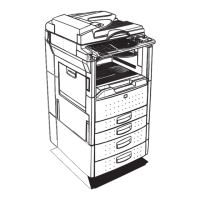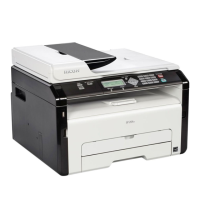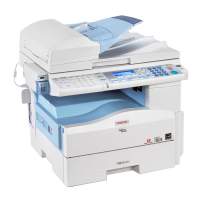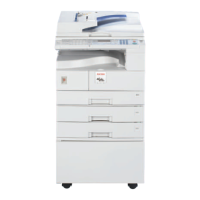Communication Information
38
3
Printing a File Received with Memory Lock
This is a security function designed to
prevent unauthorized users from
reading your messages. If Memory
Lock is switched on, all received mes-
sages are stored in memory and are
not automatically printed. To print
the messages, you have to enter the
Memory Lock ID Code. When your
machine has received a message with
Memory Lock, the Confidential File
(i) indicator blinks.
Preparation
Before using this function, pro-
gram your Memory Lock ID. See
p.184 “Programming a Memory
Lock ID”.
Before using this function, set
Memory Lock to On. See p.157
“Memory Lock”.
Important
❒ If the main power switch is turned
off for more than an hour, all mes-
sages protected by Memory Lock
will be deleted. In that case, the
Power Failure Report will be print-
ed so you can confirm which mes-
sages have been deleted. See p.189
“Power Failure Report”.
Note
❒ If free memory space is not
enough, messages may not be re-
ceived. If it is not enough while re-
ceived document storage is set, the
oldest received messages are print-
ed and new message is received.
However, both received document
storage and Memory Lock are set,
Memory Lock is not available.
❒ You can also apply a Memory Lock
to messages that come only from
certain senders. See p.166 “Pro-
gramming/ changing Special
Senders”.
❒ Messages received by Polling Re-
ception are automatically printed
even if this function is switched on.
❒ You can program one of the Quick
Operation keys with operations for
this function. Using the key allows
you to omit steps B and C.
A
AA
A
Confirm that the Confidential
File indicator is blinking.
B
BB
B
Press [Information].
C
CC
C
Press [Print Memory Lock].
Note
❒ If no messages were received
while Memory Lock was
switched on, the message “
No
reception file.
” is shown.
Press [Exit] .
ZLBS060N
RussianC3Fax-combine-AE_F_FM.book Page 38 Monday, July 14, 2003 2:36 PM
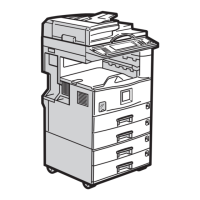
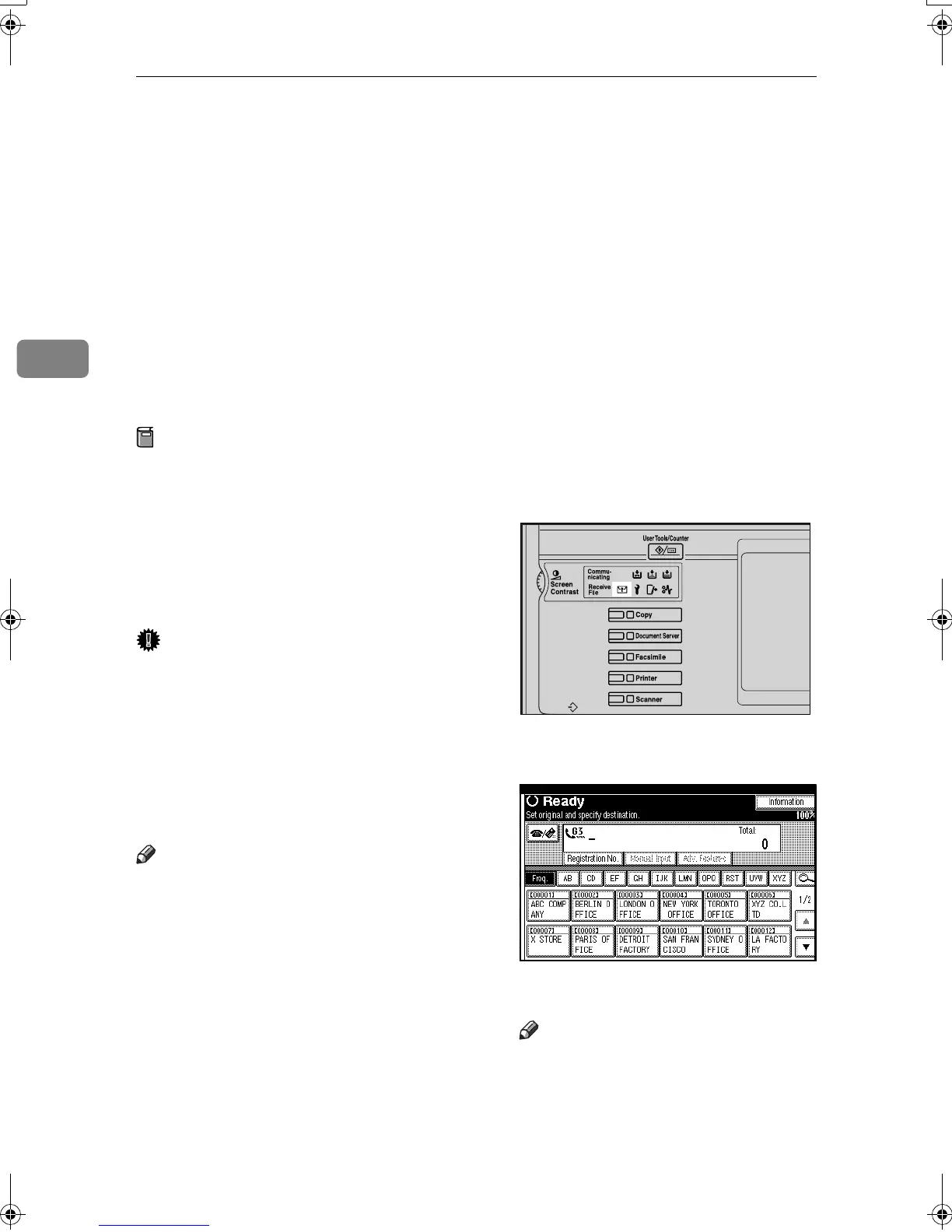